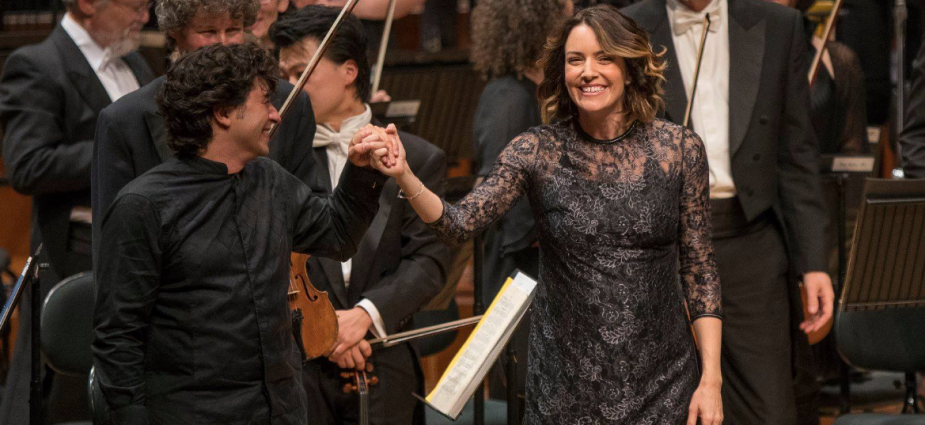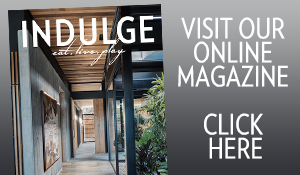When an orchestra of some 90 people is performing, it seems bold to suggest that the audience will be able to glimpse all of the orchestral players as soloists. This is what the Queensland Symphony Orchestra (QSO) promised ahead of its Soloists and Spontaneity concert on Saturday 4 August. Part of QSO’s Maestro series, artist in residence pianist Sergio Tiempo joined QSO with Music Director Alondra de la Parra leading the orchestra in its ambitious endeavour.
From the first piece to the last, this proved to be more than an empty promise. Opening the program for the evening, an abbreviated version of the orchestra took the stage – more the size of a chamber orchestra than the full symphonic affair – playing Stravinsky’s Dumbarton Oaks. It was impossible to remain solely focused on the strings, as is my habit when watching any orchestra, though at times they were the stars. Every person on the stage took their turn to demand the attention of the audience, the ear and eye drawn to different instruments. Flute, clarinet, bassoon, tuba and cello all carried distinct melodies, easy to pick out among the larger sound.
Next, the addition of many, many, chairs to the stage could mean only one thing—the entire orchestra was coming. A shiny black grand piano was also wheeled on, taking pride of place in the centre of the stage. It is not often that an orchestra is joined by a piano, and it is not often that the piano is given a starring role. More regularly, it has the job of accompaniment, an aid to enhance the sound and of another instrument. But this was not the case. Performing Rachmaninov’s Piano Concerto Number 3 in D minor, Tiempo was masterful, an exhilarating performer to watch. At times his fingers moving so quickly across the keys that they were a blur yet each note was struck with precision. Again, pockets of the piece afforded opportunities for different sections of the orchestra to take the spotlight. At the conclusion of the piece, Tiempo seemed exhausted; he had clearly put all of his effort into the performance. The crowd wasted no time taking to their feet and the standing ovation was well deserved.
Concluding the night’s musical journey, QSO performed Bartok’s Concerto for Orchestra, a synthesis of Eastern European folk music and the traditions and techniques of the west. The melody is passed from violins, to trumpets, to trombone and so on around the arch of musicians. Each transition was skilfully managed by Alondra. Her appreciation and understanding of all the music performed that night is evident and her skill in guiding the orchestra is unfaltering. The Maestro series will return in September when pianist Tamara-Anna Cislowska will join the orchestra to perform Bethoven’s 7th Symphony.
Readers also enjoyed our story QSO Winter Season.
















